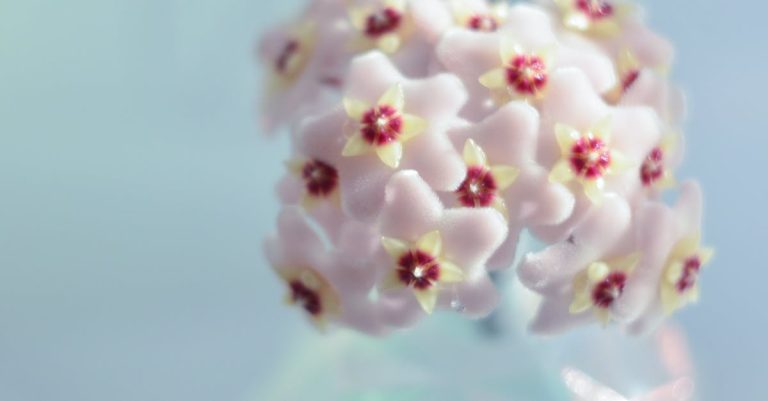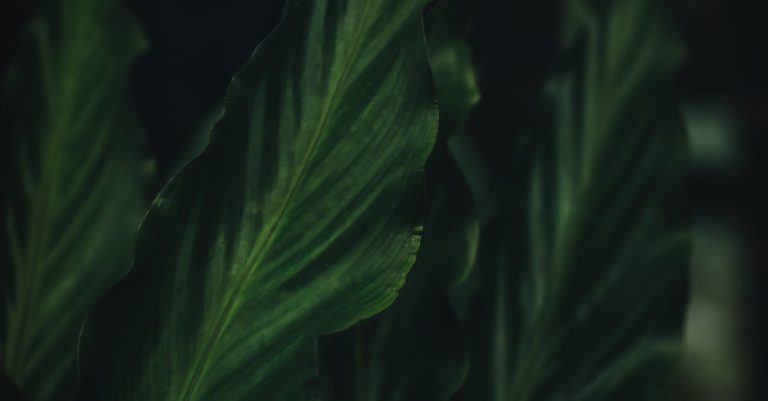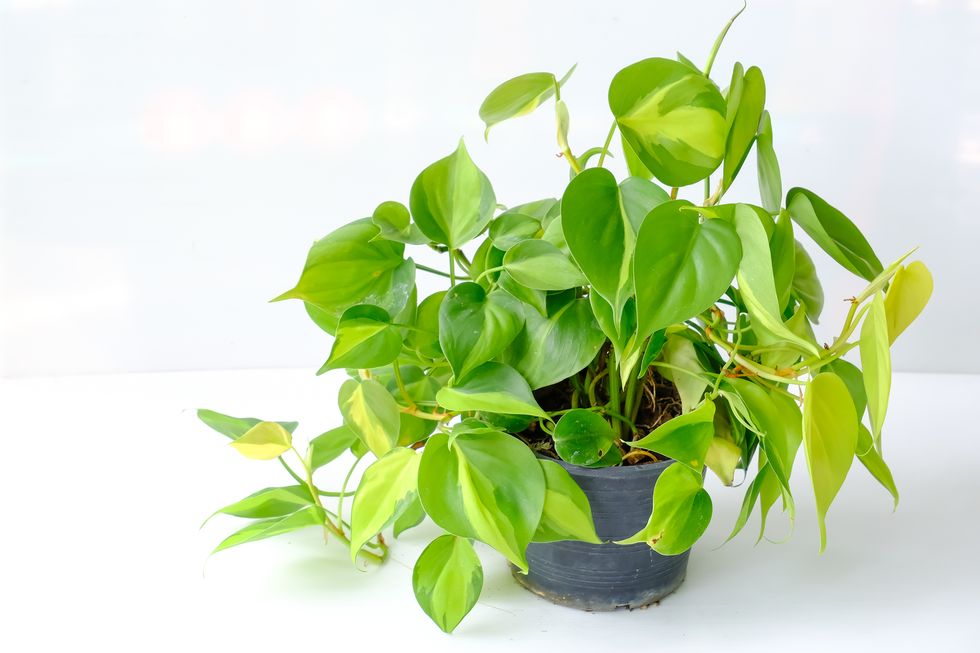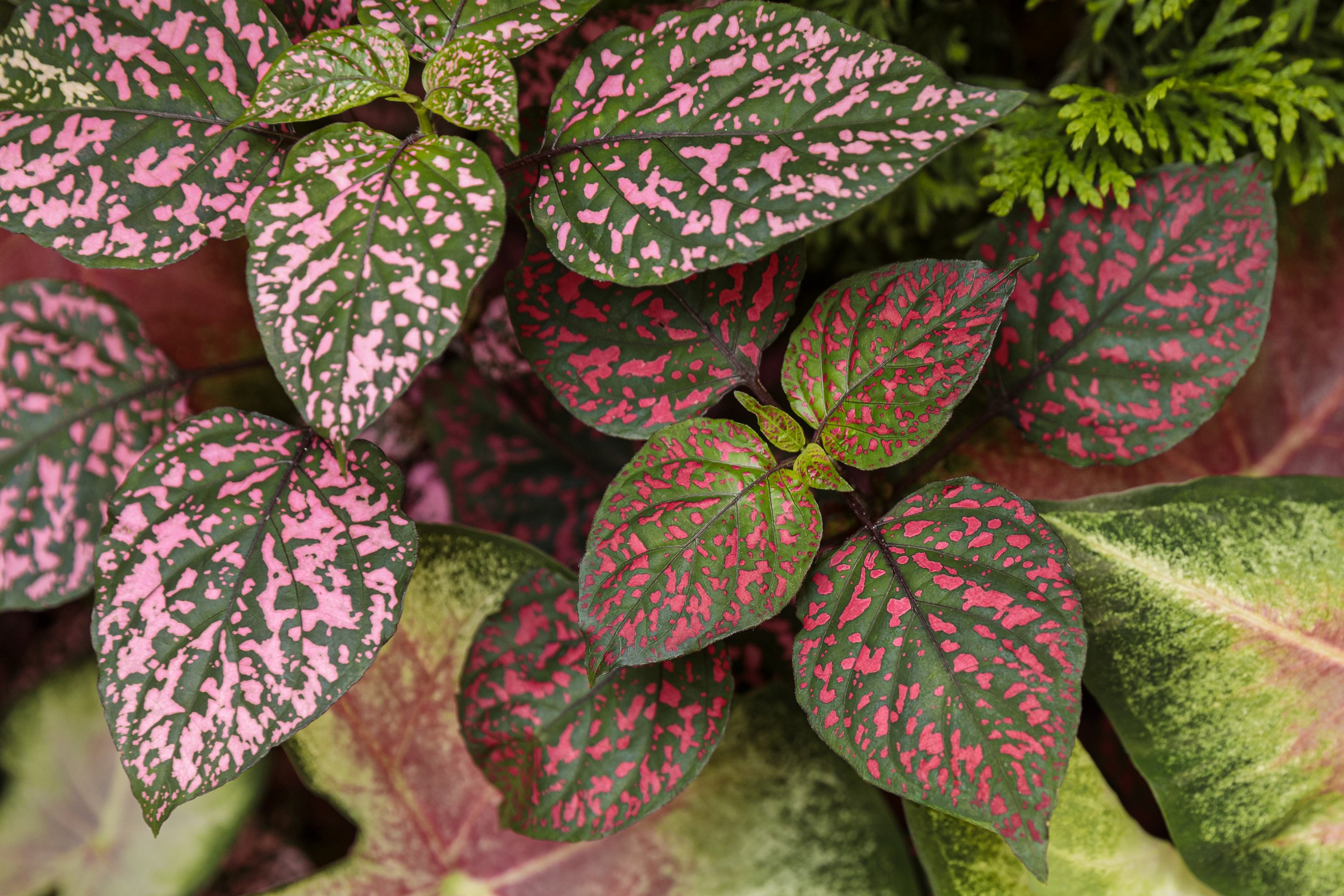How to Care For Kalanchoe Plant?
Kalanchoe plants, also known as flaming Katy or widow’s thrill, are popular houseplants that belong to the Crassulaceae family. With their vibrant blooms and ability to thrive in various conditions, these plants have become a staple in many households around the world. The name “Kalanchoe” is believed to have originated from the Chinese words “Kalan Chau,” which means “that which falls and grows”. This plant has a rich history, with some species being native to Madagascar while others can be found in Africa and Asia.
Caring for a Kalanchoe plant is relatively easy, making it an ideal choice for both experienced gardeners and beginners alike. One interesting fact about these plants is that they have the ability to flower for several weeks, sometimes even months, providing a long-lasting display of colorful blooms. With proper care, a single Kalanchoe plant can produce over 100 flowers during its blooming period.
One challenge that many Kalanchoe plant owners face is knowing when and how much to water their plants. Over-watering can lead to root rot, while under-watering can cause the leaves to wilt and drop prematurely. To avoid these issues, it is recommended to water the plant thoroughly when the top inch of soil feels dry to the touch. This ensures that the roots receive enough moisture without becoming waterlogged.
In addition to watering, providing adequate sunlight is essential for the health and growth of Kalanchoe plants. These plants thrive in bright, indirect light, so placing them near a sunny window or providing artificial grow lights can help them flourish. Interestingly, Kalanchoe plants are known to bloom in response to the shortening daylight hours, making them ideal for adding a splash of color during the winter months.
One important aspect of Kalanchoe plant care is regular fertilization. These plants benefit from a balanced, water-soluble fertilizer applied every two to four weeks during the growing season. Fertilizing helps provide the necessary nutrients for healthy growth and continuous bloom production.
Another interesting feature of Kalanchoe plants is their ability to propagate easily. Gardeners can propagate these plants by taking stem cuttings and allowing them to root in well-draining soil. This not only allows for the expansion of one’s plant collection but also ensures the continuity of the Kalanchoe plant’s beauty and charm.
Overall, caring for Kalanchoe plants involves providing proper watering, adequate sunlight, regular fertilization, and occasional propagation. With these essential care practices, these unique and beautiful plants can thrive and provide a burst of color and joy to any space they inhabit.
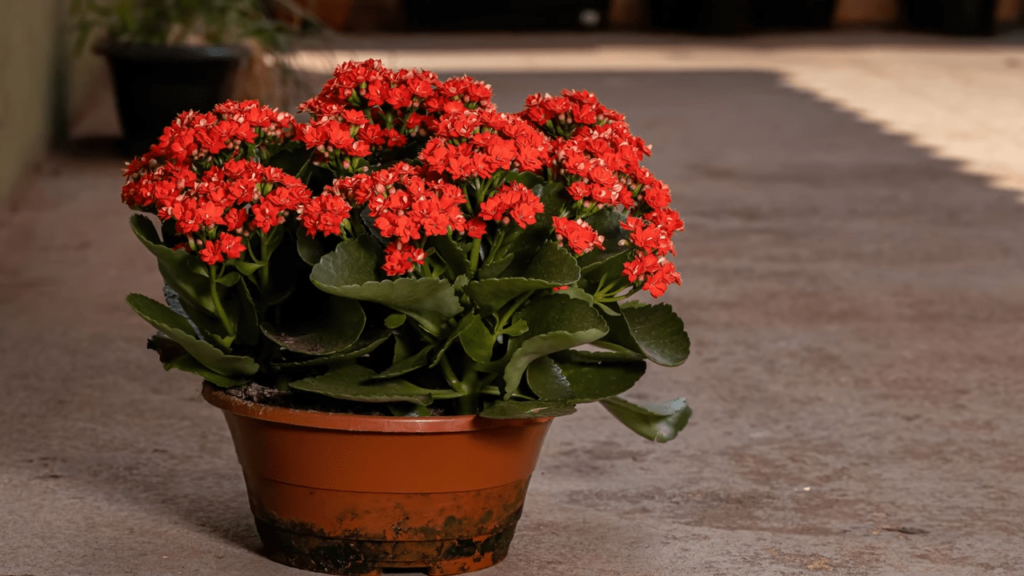
How to Properly Care for a Kalanchoe Plant: Expert Tips and Tricks
Discover the essential steps to care for your Kalanchoe plant and ensure its thriving growth.
From watering techniques, sunlight requirements, and proper soil conditions to pruning and fertilizing schedules, we’ve got you covered! Join us in the next section as we dive into the details of each aspect for optimal Kalanchoe care.
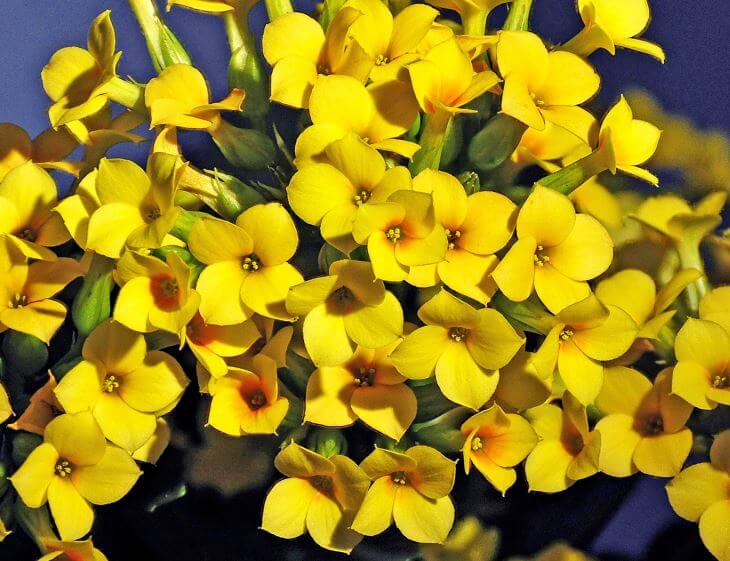
How to Care for Kalanchoe Plants
Are you looking for a beautiful and easy-to-care-for plant to brighten up your home? Look no further than the Kalanchoe! These popular houseplants are known for their vibrant, long-lasting blooms and their ability to thrive in various conditions. In this article, we’ll dive into the details and provide you with all the information you need to successfully care for your Kalanchoe plant.
Light Requirements
Kalanchoe plants love bright, indirect light. Place your plant near a window where it can receive plenty of sunlight, but avoid direct sunlight as it can scorch the leaves. If you don’t have access to natural light, you can also use fluorescent grow lights to provide the necessary light for your Kalanchoe.
Watering
Proper watering is crucial for the health of your Kalanchoe plant. These plants prefer to dry out between waterings, so allow the top inch of the soil to dry completely before watering again. Overwatering can cause root rot and other issues, so be cautious not to let the plant sit in water for extended periods. It’s always better to underwater than overwater your Kalanchoe.
Temperature and Humidity
Kalanchoe plants thrive in temperatures between 60-85°F (15-29°C). They are sensitive to cold drafts, so make sure to keep them away from air conditioning vents or open windows during the colder months. As for humidity, these plants are adaptable and can tolerate a wide range of humidity levels. Average room humidity is usually sufficient for their well-being.
Soil and Fertilizer
Kalanchoe plants prefer well-draining soil. A mix of regular potting soil with added perlite or sand works well to provide good drainage. Avoid using heavy soils that retain too much moisture, as it can lead to root rot. Fertilize your Kalanchoe plant once a month during the growing season (spring and summer) with a balanced liquid fertilizer. Be sure to follow the instructions on the fertilizer packaging for proper dilution and application.
Pruning and Propagation
Regular pruning helps maintain the shape and size of your Kalanchoe plant while encouraging new growth. Remove any dead or dying leaves and spent flower stems as needed. If you wish to propagate your Kalanchoe, it’s best done through stem cuttings. Take a healthy stem cutting, dip it in rooting hormone, and place it in a small pot with moist soil. Keep the cutting in a warm and bright location, misting it occasionally to provide humidity, and you should see roots forming in a few weeks.
Pests and Diseases
Kalanchoe plants are generally resilient and not prone to many pests or diseases. However, they can occasionally suffer from mealybugs or aphids. Keeping a close eye on your plant, especially the underside of leaves, can help you spot any signs of infestation early on. If necessary, treat the affected areas with an organic insecticidal soap or use a cotton swab dipped in rubbing alcohol to remove the pests.
By following these simple care instructions, you can enjoy the beauty of your Kalanchoe plant for a long time. Remember, each plant is unique, so it’s essential to observe and adjust your care routine based on the specific needs of your Kalanchoe. Now, here’s a fascinating statistic to consider: Did you know that Kalanchoe plants can bloom for up to six months with proper care? So, invest a little time and effort into caring for your Kalanchoe, and you’ll be rewarded with an abundant display of colorful flowers!
https://youtube.com/watch?v=EpbTdLO1Mqo
FAQ
1. How often should I water my kalanchoe plant?
Water your kalanchoe plant thoroughly, allowing the top inch of soil to dry out between waterings. Ideally, water it once every 7 to 10 days.
2. Can I keep my kalanchoe plant indoors?
Yes, kalanchoe plants can be kept indoors. Place them near a window where they can receive bright, indirect sunlight.
3. Does my kalanchoe plant require pruning?
Pruning is not typically necessary for kalanchoe plants. However, you can remove any wilted or dead leaves to maintain its appearance.
4. How can I promote blooming in my kalanchoe plant?
To promote blooming, ensure your kalanchoe plant receives 12-14 hours of darkness each day for 6 weeks. This can be achieved by covering it with a box or placing it in a dark room during the evening hours.
5. Can kalanchoe plants tolerate direct sunlight?
No, kalanchoe plants prefer bright, indirect sunlight. Direct sunlight can cause their leaves to burn or scorch.
6. Should I fertilize my kalanchoe plant?
Yes, you should fertilize your kalanchoe plant once a month during the spring and summer months using a balanced, water-soluble fertilizer diluted to half strength.
7. Can I propagate my kalanchoe plant?
Yes, kalanchoe plants can be propagated easily by taking stem cuttings. Simply cut a 4-6 inch stem section, remove the lower leaves, and plant it in a well-draining potting mix.
8. Are kalanchoe plants toxic to pets?
Yes, kalanchoe plants are toxic to pets if ingested. Keep them out of reach of your furry friends to ensure their safety.
9. What temperature range is suitable for kalanchoe plants?
Kalanchoe plants thrive in temperatures between 60-85°F (15-29°C). Avoid exposing them to temperatures below 50°F (10°C) as it can damage the plant.
10. How long do kalanchoe plants typically live?
Kalanchoe plants can live for several years with proper care. However, they are often treated as seasonal houseplants, flowering for a few weeks or months before declining.

Conclusion
In conclusion, caring for a kalanchoe plant involves providing the right amount of light, water, and temperature. These plants thrive in bright but indirect sunlight, so placing them near a window or using a fluorescent light can be beneficial. Overwatering should be avoided as it can lead to root rot, while under-watering can cause wilting and leaf drop. It is crucial to allow the soil to dry out between watering sessions. Additionally, maintaining a consistent temperature between 60-85°F (15-29°C) is essential for the health and well-being of the kalanchoe plant.
Fertilizing the kalanchoe plant with a balanced houseplant fertilizer every 2-4 weeks during the growing season can promote healthy growth and vibrant blooms. Pruning is required to remove dead or faded flowers and maintain the plant’s shape. Repotting should be done when the plant becomes root-bound, using well-draining soil. It is also vital to keep an eye out for common pests such as aphids and mealybugs and take appropriate measures to control their infestation. By following these care tips, you can enjoy the beauty of kalanchoe plants year-round.

